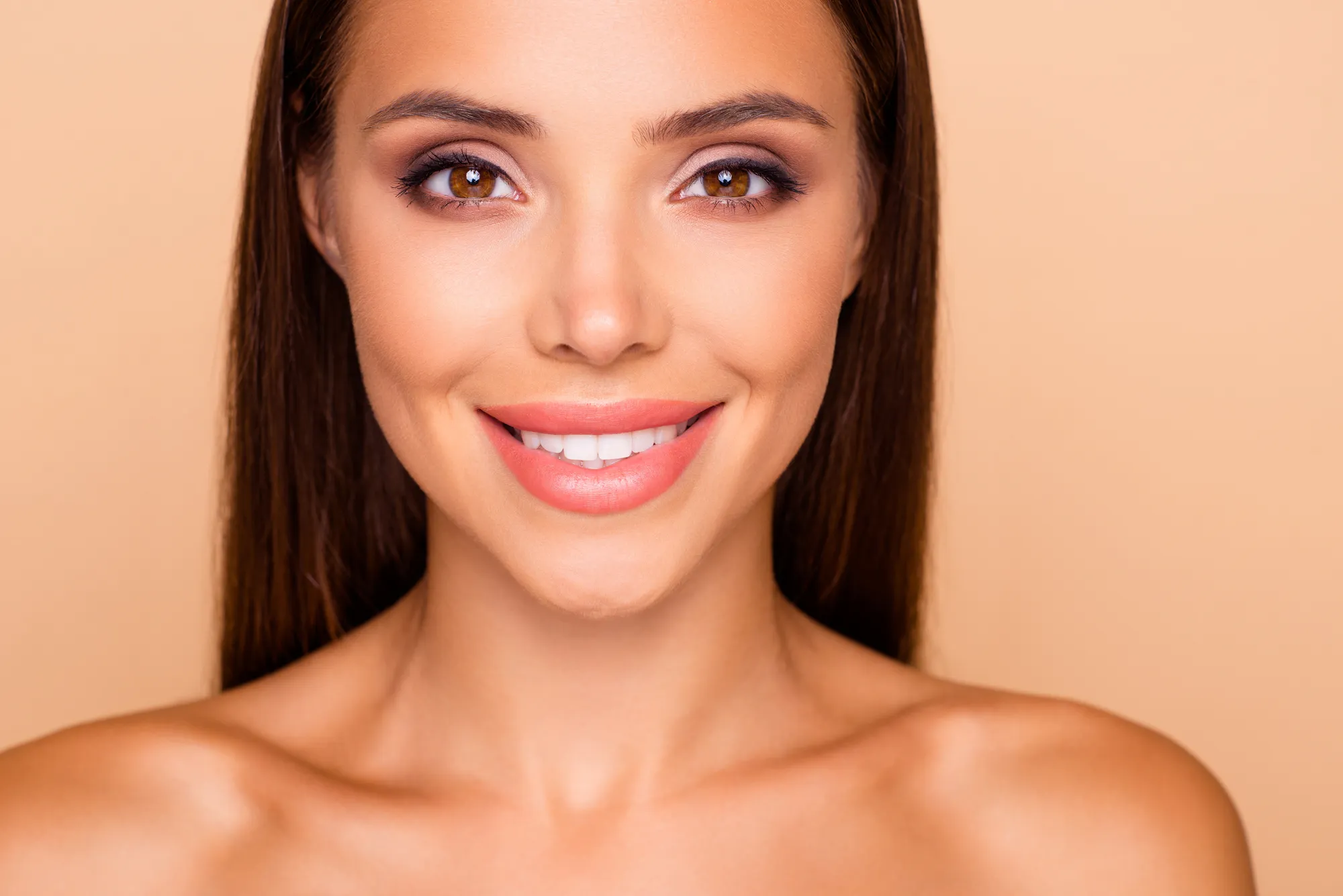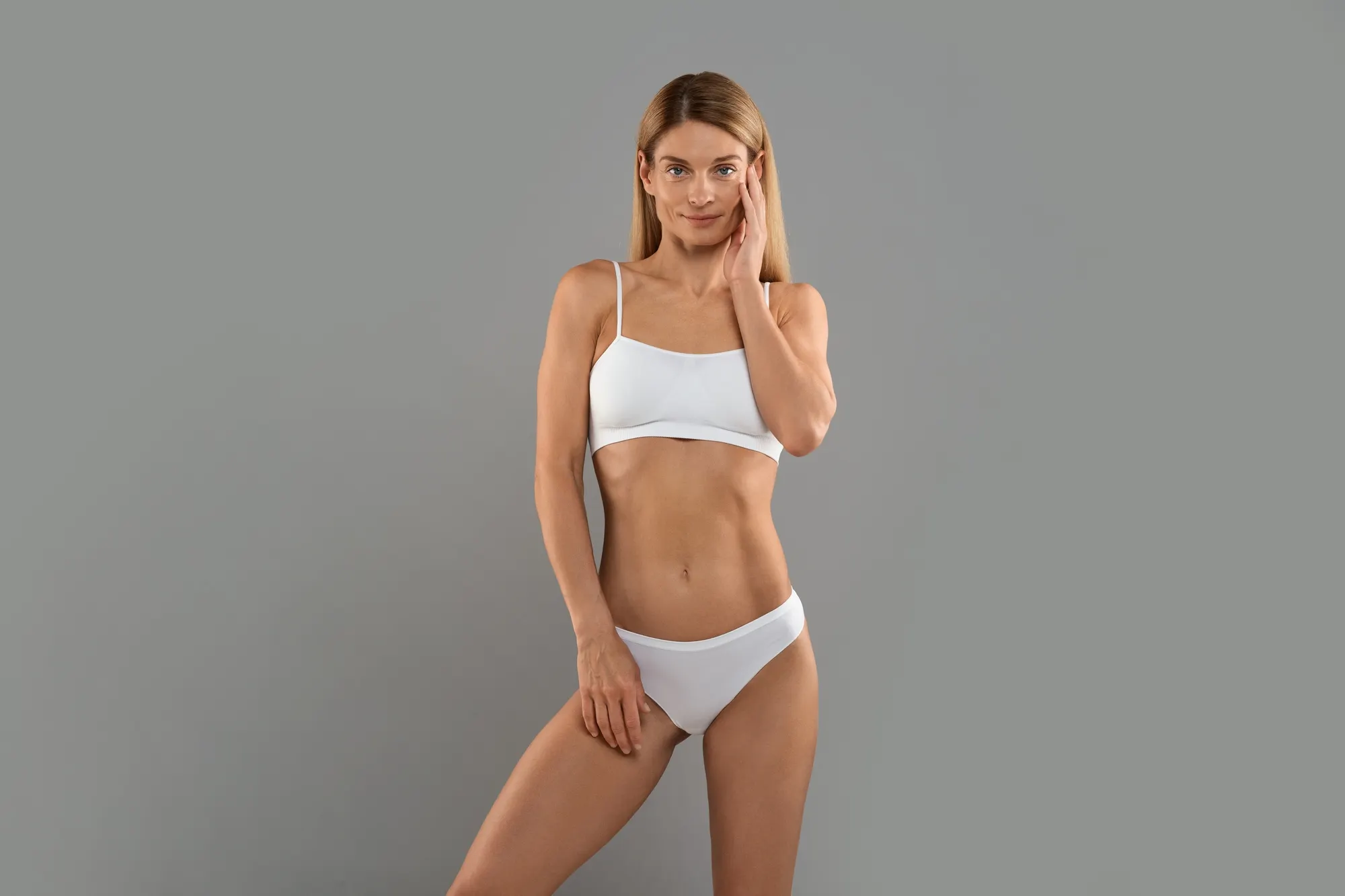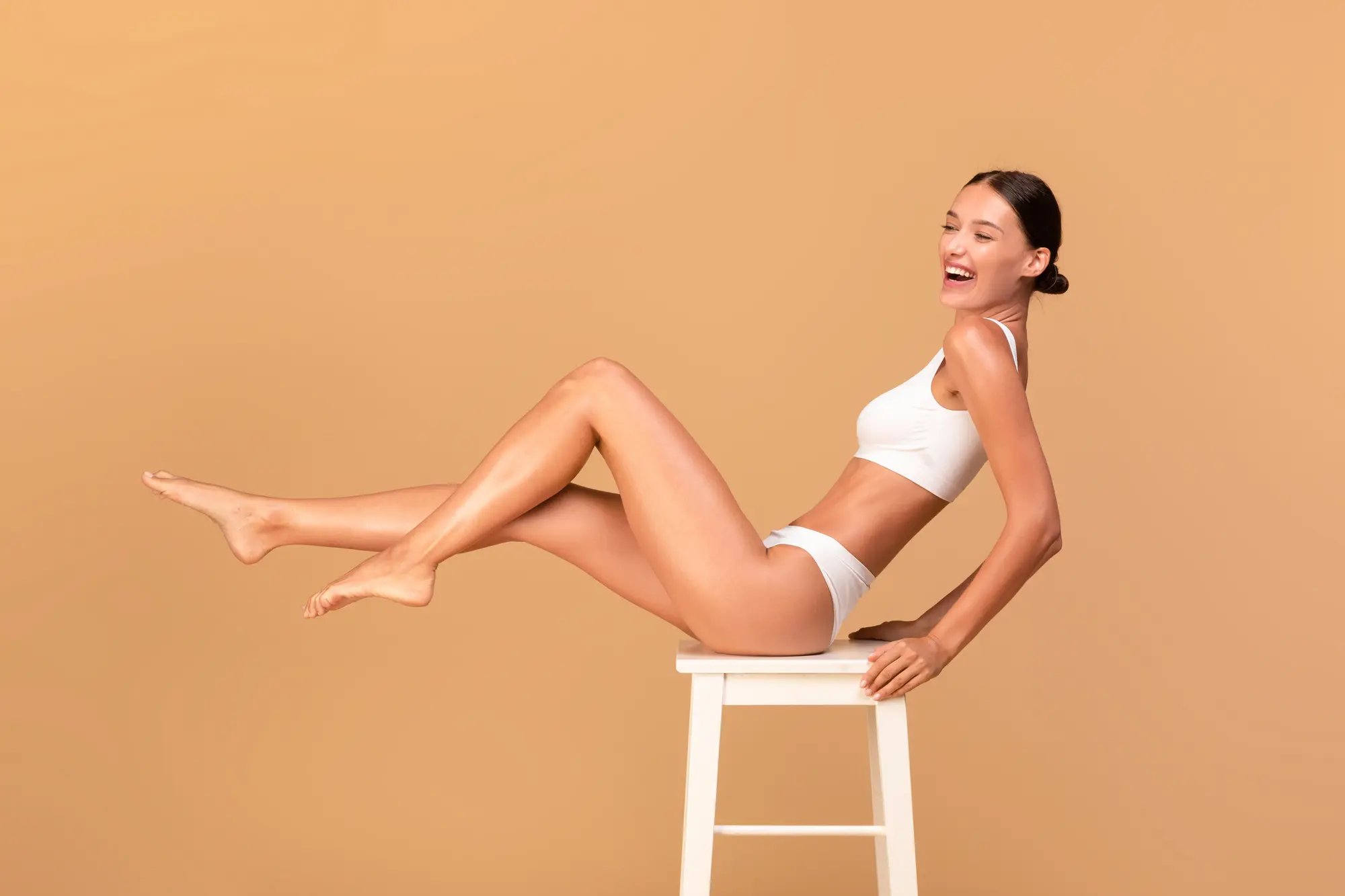
Lip Filler Shapes
When you think of lip fillers, the image that often comes to mind is one of ideally plump lips. But what many fail to realize is that there is more to it than just adding volume. There are several types of lip filler shapes that professionals use to achieve different looks.
Table of Contents
What are Different Shapes of Lip Fillers?
The most common lip filler shapes include the cupid’s bow enhancement, the Russian lip filler, the phi proportion lip filler, and the nuanced shape lip filler. The cupid’s bow enhancement focuses on defining your cupid’s bow for a more shapely upper lip. The Russian lip filler, on the other hand, aims to give a fuller, more vertical pout. The phi proportion lip filler, uses mathematics to achieve a highly aesthetic and balanced shape. Lastly, the nuanced shape lip filler focuses on slight improvements to the natural lip shape.
Lip fillers also vary according to the products used. Common substances include Hyaluronic Acid (HA) fillers like Juvederm and Restylane, and non-HA fillers like Sculptra and Radiesse. These products give different results depending on their composition and consistency.
Lip filler shapes also differ in terms of their injection points and techniques. For instance, some techniques involve vertical thread placement while others utilize a linear threading or cross-hatching technique.
The shape ultimately depends on your desired look and your face’s natural harmony. Therefore, it’s essential to have a thorough discussion with your practitioner about what you want to achieve before deciding on a shape.
What to Consider Before Deciding on a Lip Filler Shape?
Before undergoing a lip filler procedure, there are multiple aspects you need to consider. Understanding your desired results is vital. Each lip filler shape provides a unique aesthetic, and you want to make sure you choose the one that suits your style and facial attributes.
Skin health is another significant factor to keep in mind. People with healthy, well-hydrated, and elastic skin often enjoy better outcomes from lip fillers.
Desired longevity is something you must consider. Some shape lasts longer than the others depending on the fillers used.
You must also take into account any potential risks and side-effects involved with the procedure. Compared to cosmetic surgeries, lip fillers are less invasive. However, they still come with some risks, such as allergic reactions, uneven lips, or the filler moving away from the intended area.
An essential thing to consider is the cost. The price of lip fillers varies widely, depending on the type of filler used and the professional performing the procedure.
The experience and qualifications of the practitioner is supremely important. Finally, realistic expectations matter. Remember that lip fillers are meant to enhance your natural beauty, not completely alter your appearance.
How Long do Different Lip Filler Shapes Last?
The duration of lip filler shapes can vary widely depending on several factors, including the type and viscosity of the filler used, the injection technique, the patient’s metabolism, and lifestyle factors.
The most commonly used lip fillers are Hyaluronic Acid (HA) based. Amongst these, there are several brands like Juvederm, Restylane, and Teosyal, each offering different versions varying from firm and dense to soft and pliable, with longevity ranging from 6 to 24 months.
Typically, lip fillers last anywhere from six months to a year or even longer. For example, a more sculpted lip filler shape like the Russian lip may tend to last around eight to twelve months. On the other hand, the more subtly shaped nuanced lip fillers might last around six to nine months.
Lifestyle factors can affect the duration of lip fillers as well. For instance, those who smoke or are exposed to high levels of sun and wind may find their fillers don’t last as long. It’s also vital to note that everyone metabolizes fillers at different rates, which can influence how long the results last.
Aftercare is another crucial factor. Following proper post-procedure instructions can extend the life of the filler.
How do Lip Filler Shapes Affect Styling and Appearance?
The key goal of lip fillers is to enhance the natural shape and fullness of the lips. The impact of lip filler shapes on styling and appearance can be significant. Different shapes suit different face types, and an experienced practitioner can guide you through this decision process to help achieve the most flattering results.
The nuanced shape filler subtly defines the mouth, bringing a balance between the upper and lower lips that looks very natural. It might not dramatically alter your appearance, but it can improve your lip texture and give your lips a more hydrated look.
On the contrary, the Russian lip filler shape results in a noticeable vertical augmentation of the lips. This shape is particularly sought after by those aiming for a very full, pouty look.
The phi proportion filler, based on the golden ratio, attempts to create a balance and harmony between the lips and other facial features. It might render a naturally attractive lip shape that can enhance overall facial aesthetics.
Conversely, the cupid’s bow enhancement filler, with a focus on the upper lip, results in a more pronounced and defined cupid’s bow, giving an appealing look, especially when wearing lip makeup.
Each shape can influence the overall facial symmetry and profile, alter the perceived age and attractiveness, and even impact a person’s confidence and self-image.
What is the Process for Getting Lip Fillers in Different Shapes?
The process for getting lip fillers in different shapes involves several steps. Firstly, it involves a consultation where you discuss your aesthetic goals with the practitioner. They will analyze your facial features and recommend the most suitable lip filler shape for you.
Once you finalize the look, your practitioner will schedule the appointment.
Before starting the procedure, your lips and surrounding area will be cleaned, and a topical anesthetic will be applied to minimize discomfort. Depending on the chosen shape, the filler will be strategically injected at various points on your lips.
After the injection, some practitioners may gently massage the lips to ensure even distribution of the product. It takes around 15-30 minutes for the actual procedure to be completed, but the entire appointment can be up to an hour, including consultation and aftercare discussion.
Swelling and bruising are to be expected after the procedure, which gradually reduce within a period of 7-14 days. Regular ice applications, maintaining hydration, and avoiding strenuous activities are often advised post-treatment.
How to Care for Lips Post Filler Application?
Post-procedure care is crucial to ensure a smooth healing process and to optimize the results achieved by the lip fillers. Here are the steps to follow:
– Avoid touching or massaging your lips for at least 48 hours.
– Ice your lips to help reduce any swelling.
– Drink plenty of water and stay hydrated as Hyaluronic Acid fillers draw water to maintain volume.
– Limit your exposure to the sun, and use lip products with SPF.
– Avoid strenuous exercise, extreme heat and alcohol for the first 24-48 hours as these can increase swelling and bruising.
– Stay away from blood-thinning medication and supplements unless directed by your doctor. These can increase the risk of bruising.
– Keep your lips moisturized to support healed, healthy skin.
– Report any complications or concerns to your practitioner.
Following these instructions will aid speedy recovery and prolong the benefits of the lip fillers.
How Safe are Various Lip Filler Shapes?
Lip fillers are generally safe and have been used extensively in aesthetic medicine. The safety of different lip filler shapes largely depends on the type of filler used, the technique of application, and the competence of the practitioner.
Hyaluronic Acid fillers, used most commonly, are largely safe as Hyaluronic Acid is a substance naturally present in the body. The risk of an allergic reaction or other serious complications is minimal. Individual fillers also have slightly different safety profiles based on their consistency and longevity characteristics.
The injection technique, location, and depth also play a role in determining safety. For instance, injecting too close to a blood vessel can cause complications.
Perhaps the most crucial factor affecting safety is the provider’s expertise and experience. An experienced and trained practitioner will assess the individual’s anatomy, manage their expectations regarding results, and minimize risks.
As with any cosmetic procedure, it is necessary to have a thorough consultation with your healthcare provider to discuss potential risks and complications that may be relevant to your individual case.
What are the Costs Related to Different Lip Filler Shapes?
The cost of lip fillers depends on several factors including the type of filler used, the amount required, the geographic location, and the practitioner’s expertise.
Typically, Hyaluronic Acid (HA) based fillers like Juvederm, Teosyal, and Restylane are more expensive, owing to their long-lasting and predictable results. Non-HA fillers like Sculptra and Radiesse may be less expensive but may require additional touch-ups.
Different shapes might require different quantities of the filler. For example, achieving a Russian lip might require more filler than a subtle cupid’s bow enhancement. Therefore, it could be more expensive.
It’s worth noting that while cost is a significant factor, it shouldn’t be the only thing to consider when choosing a lip filler procedure. Safety, experience of the practitioner, and predictable results should be the topmost considerations.
How to Choose a Specialist for Lip Fillers?
When it comes to fillers, choosing the right specialist is critical. While many practitioners can perform the procedure, not all offer the same level of experience and expertise. Here are a few tips on selecting a specialist:
Look for a board-certified professional who has extensive experience with lip fillers. This will ensure they have the requisite knowledge and skillset to perform the procedure successfully.
Research the practitioner and their results. Try to view before and after images of their previous clients, preferably those who sought a similar lip shape you desire.
Location matters. Choose a professional who is easily accessible to you. This is important not just for the initial appointment, but also for any follow-ups or in case any concerns arise.
Lastly, ensure there is clear communication and understanding between you and your practitioner. They should be able to understand your desired look and provide insights on how this can be achieved, and what you can realistically expect.
Remember that cheapest is not the best when it comes to fillers. The expertise of the practitioner, the quality of the product, and the safety of the procedure should be your primary considerations.
What Could Go Wrong with Lip Filler Shapes?
Even though lip fillers are generally safe, like any cosmetic procedure, they carry some risks and potential for complications. Common side effects include swelling, bruising, redness, and tenderness. However, when in skilled hands, these are usually mild and temporary.
More serious complications may include:
– Asymmetry: Where one side of your lips is larger than the other.
– Lumps and irregularities: Poor technique or less experienced practitioners might leave bumps and lumps under the skin.
– Infection: Like any procedure involving skin penetration, there is a small risk of localized or systemic infection.
– Allergic reaction: Though rare, there might be an allergic reaction to the filler product, causing redness, itching, or rash.
– Vascular occlusion: This is when the filler gets injected into a blood vessel, leading to significant complications. Proper training and experience significantly reduce the risk of this complication.
– Tissue necrosis: While extremely rare, there is a potential risk of skin loss from deeper injections resulting in interruptions to the blood supply.
Once again, choosing an experienced practitioner goes a long way in minimizing these risks. Additionally, adhering to the post-care instructions of your professional can also help in preventing complications.
Read Recent Articles
How Long Does Morpheus8 Last?
Morpheus8 is a non-invasive treatment that uses radiofrequency and microneedling to stimulate collag
Triton Laser Hair Removal vs Soprano Ice Laser Hair Removal
Triton Laser Hair Removal is the cutting edge in hair removal technology. As the first high-power la
Morpheus8 vs Thermage, Ultherapy, Vivace, Profound RF, Forma, Scarlet RF, CO2 Laser, Sylfirm X,Fotona4D
Dive into the exciting realm of advanced aesthetic treatments and discover a suite of procedures tha




